Sustainable Packaging Solutions for Mocktail Businesses: Glass vs. Plastic
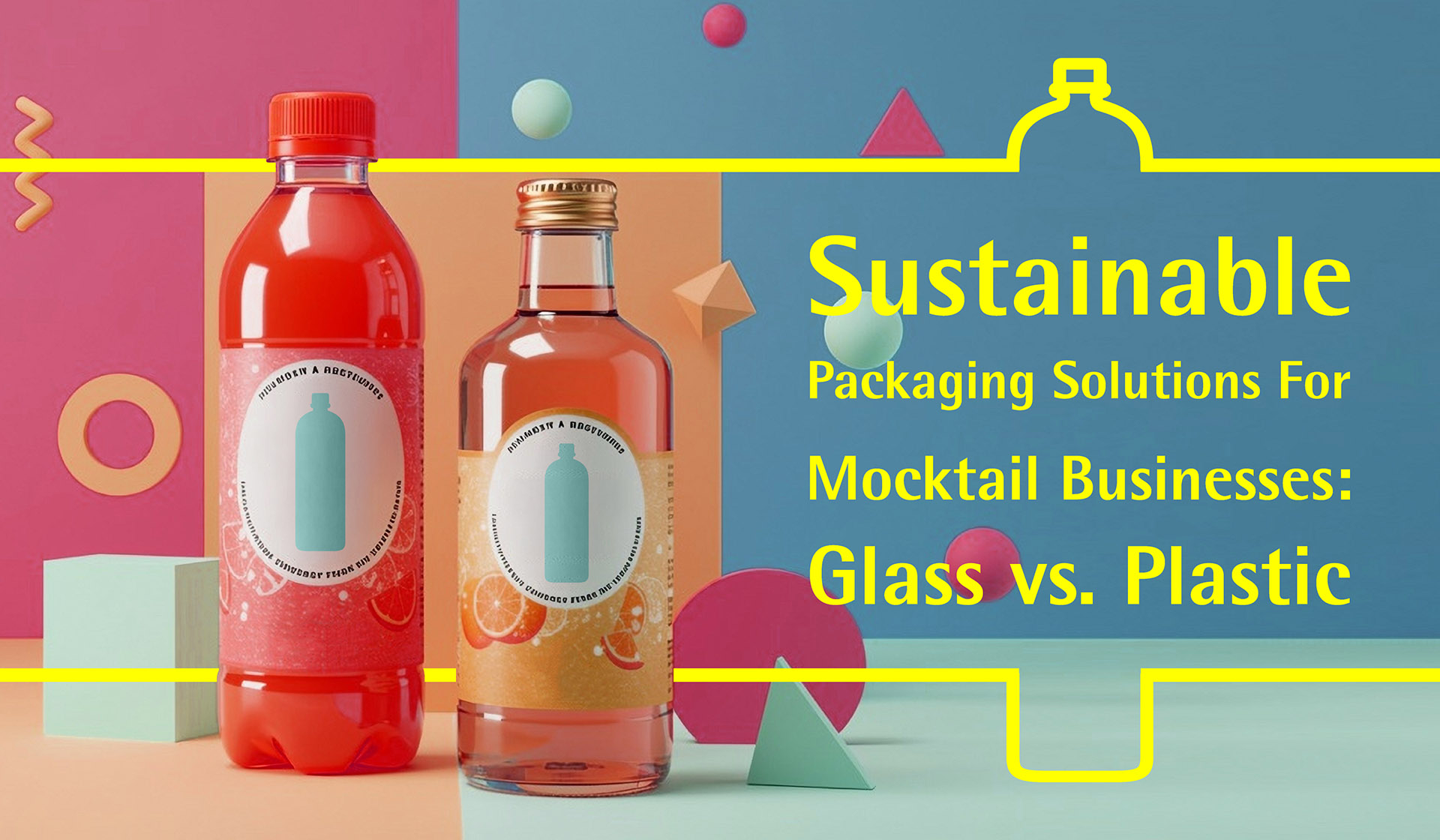
In the rapidly evolving beverage industry, mocktail businesses face a significant challenge when choosing the right packaging material that aligns with sustainability goals and consumer preferences. With environmental consciousness at an all-time high, the debate between using glass and plastic packaging has become more relevant than ever. This article explores sustainable packaging solutions for mocktail businesses, delving into the advantages and disadvantages of glass and plastic, their cost implications, and the industry’s response to the demand for more sustainable options.
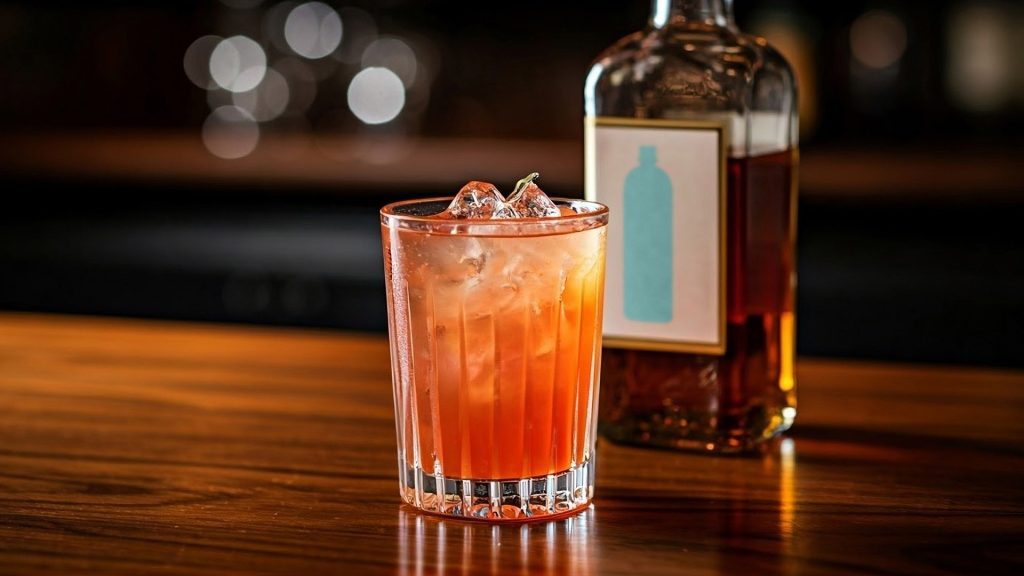
Glass Packaging: The Clear Choice?
Glass is often praised for its purity, recyclability, and ability to preserve the taste and integrity of beverages. It’s a sustainable choice, given its infinite recyclability without loss of quality. Lightweight glass innovations are making strides in reducing its traditionally heavy weight, making it more economical and eco-friendly. These lighter versions are not only up to 30% lighter but also more resistant to abrasion, which enhances their lifecycle and reduces transportation emissions.
Advantages:
- Infinite recyclability without quality degradation
- Maintains beverage integrity
- Perceived as premium by consumers
Disadvantages:
- Heavier weight increases transportation costs and emissions, although innovations are addressing this issue
- Higher production and recycling energy requirements
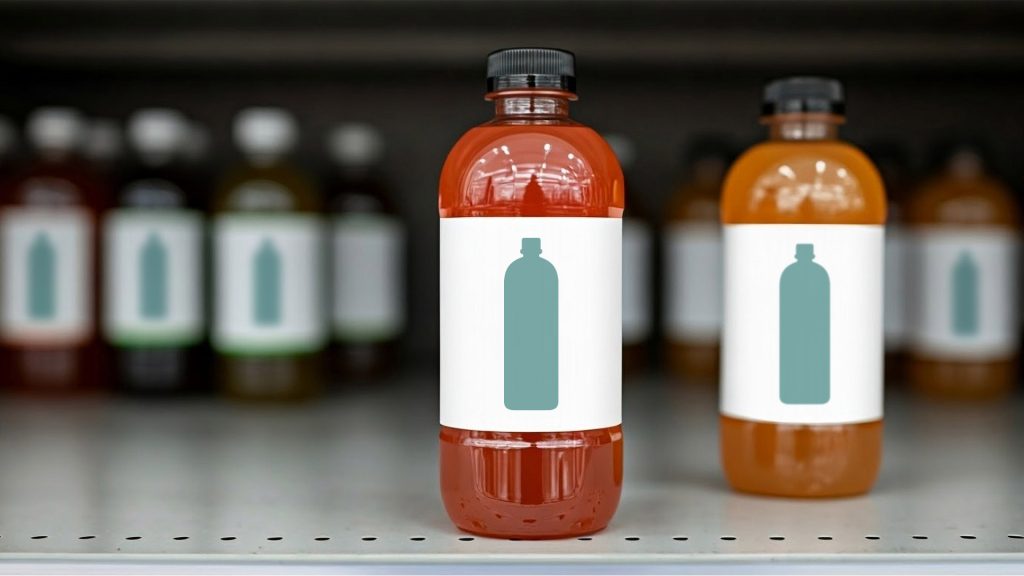
Plastic Packaging: Flexibility and Efficiency
Plastic, particularly PET, offers versatility, efficiency, and lightweight properties, making it an attractive option for many businesses. Recent innovations have introduced biodegradable and recyclable plastic solutions, significantly reducing their environmental impact. Companies like Bacardi and Tomorrow Machine are experimenting with biodegradable plastics, including a bottle made from potatoes, which can be eaten, home-composted, or dissolved in water.
Advantages:
- Lightweight, reducing transportation emissions and costs
- Versatile and cost-effective production
- Recent innovations in biodegradable and recyclable plastics
- Shatter-proof
Disadvantages:
- Environmental concerns related to non-biodegradable plastics and microplastics
- Public perception increasingly favors alternatives to traditional plastics
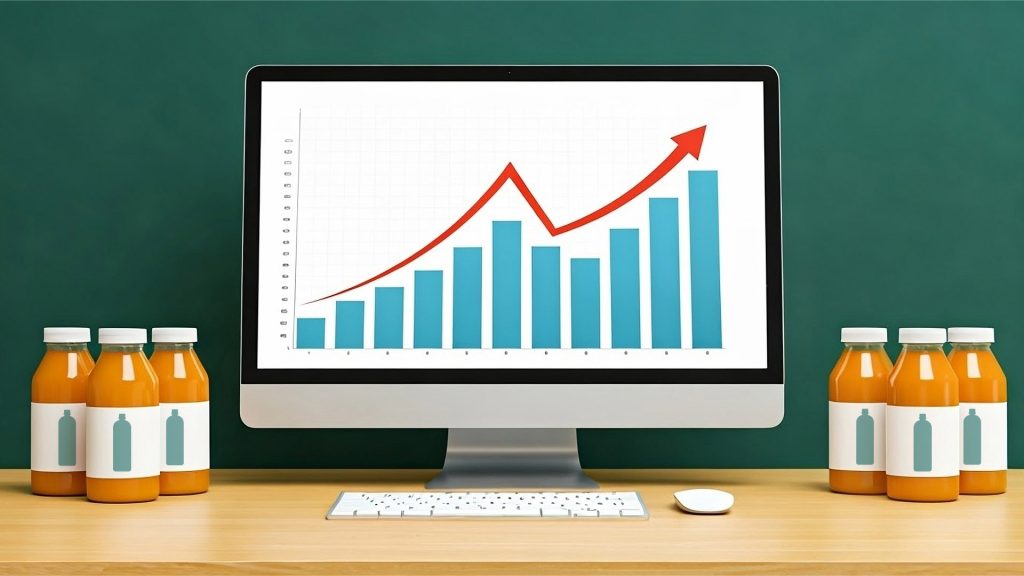
Cost Considerations
When it comes to cost, plastic has traditionally been cheaper to produce and recycle compared to glass. However, the gap is narrowing as technological advancements in glass production and recycling processes improve efficiency and reduce costs. The choice between glass and plastic often comes down to a balance between upfront costs, lifecycle sustainability, and brand positioning.
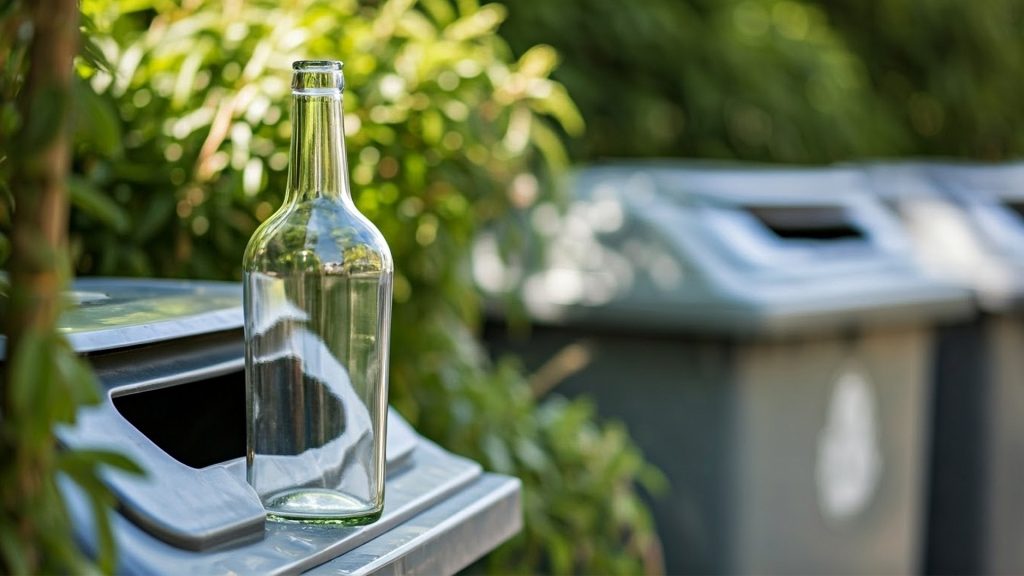
The Industry’s Response to Sustainable Packaging
The beverage industry, including mocktail businesses, is witnessing a significant shift towards more sustainable packaging solutions. Innovations include cellulose-fiber material paper bottles, downsized packaging for reduced shipping emissions, and the replacement of single-use plastic with recyclable and biodegradable options. Aluminum cans and paper-based cartons are becoming popular for their high recyclability and reduced environmental impact.
Mocktail Packaging Trends
The mocktail sector is increasingly adopting sustainable packaging as part of its brand identity, appealing to environmentally conscious consumers. The use of plant-based bottles, paper-based cartons, and flexible drink pouches is on the rise, reflecting a broader industry move towards minimizing environmental footprints. Companies are leveraging innovative designs, such as bioplastics, compostable materials, and minimalist packaging, to align with consumer expectations for sustainability.

Final Thoughts
Choosing between glass and plastic for mocktail packaging is a complex decision that involves weighing environmental impact, consumer perceptions, and cost. While both materials have their advantages and challenges, the trend toward sustainable solutions is clear. Businesses are exploring lightweight glass, biodegradable plastics, and innovative materials like paper and aluminum to meet consumer demand for eco-friendly packaging. As the industry evolves, mocktail businesses must stay informed about advancements in packaging technologies and consumer preferences to make choices that align with their brand values and sustainability goals.
